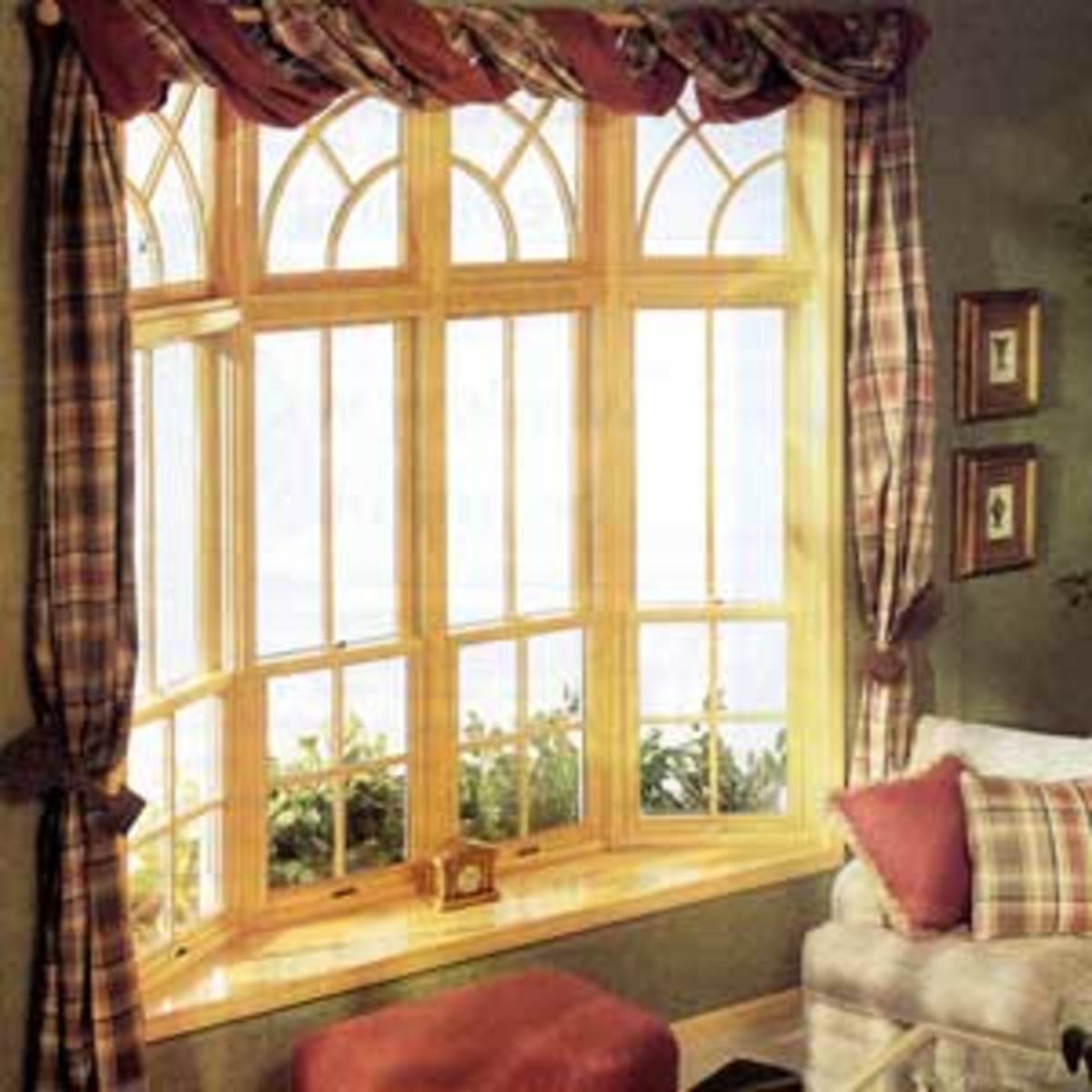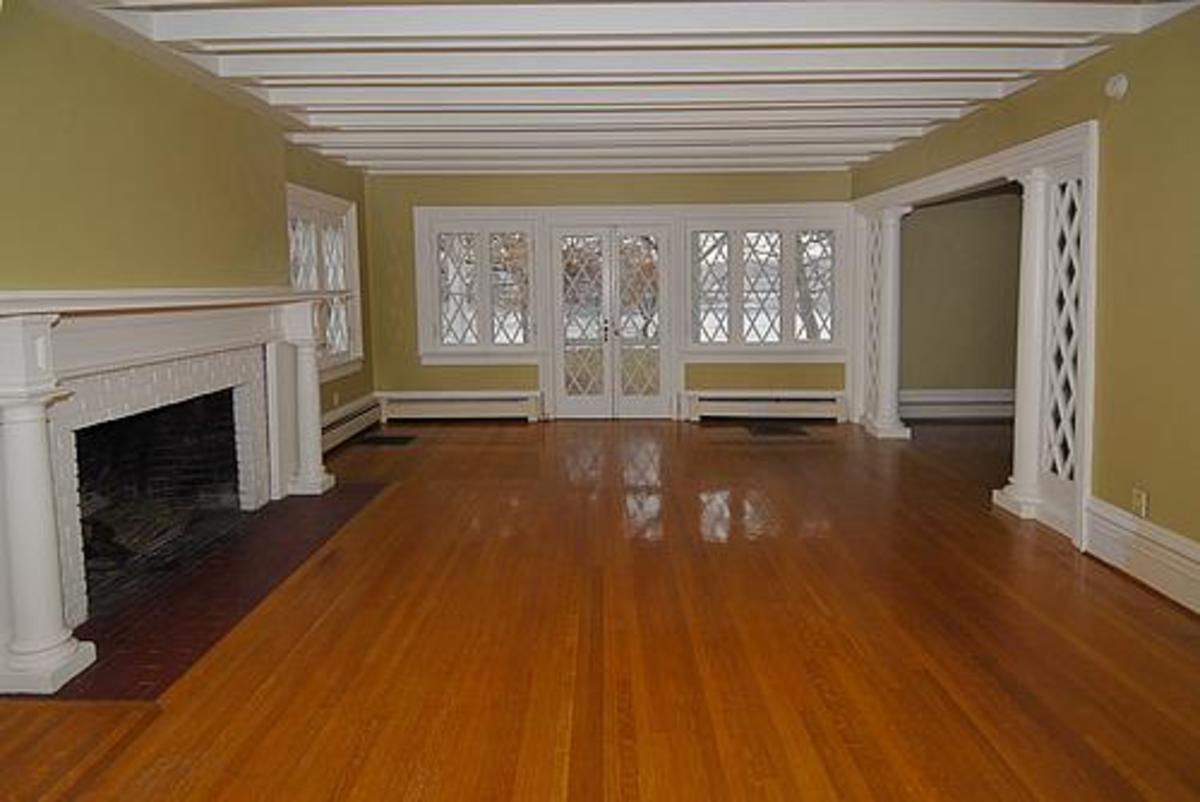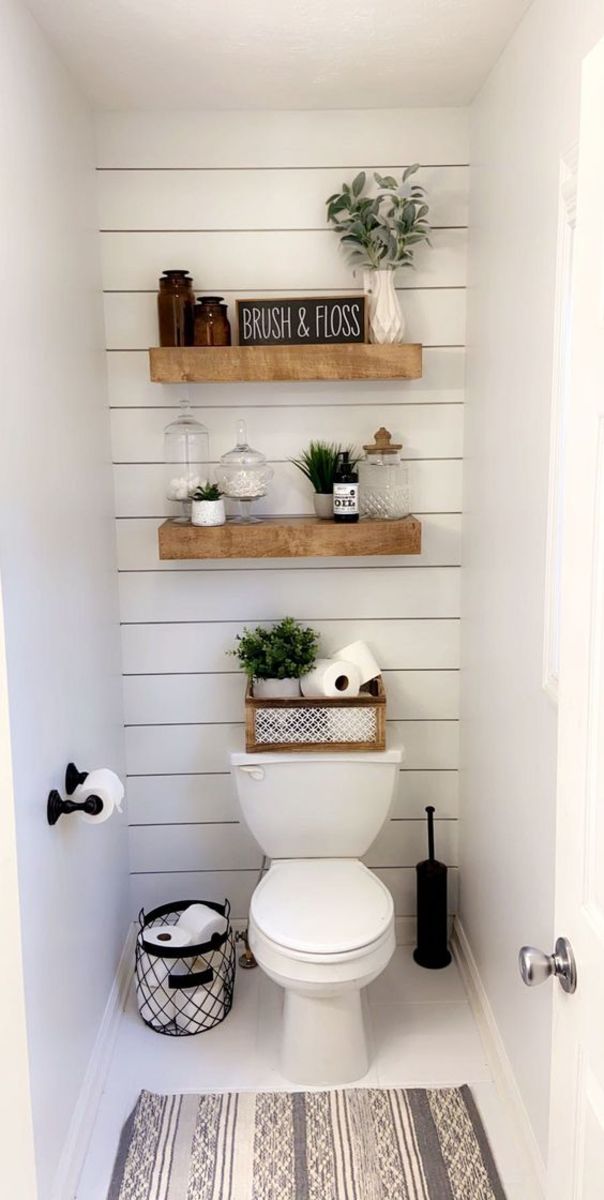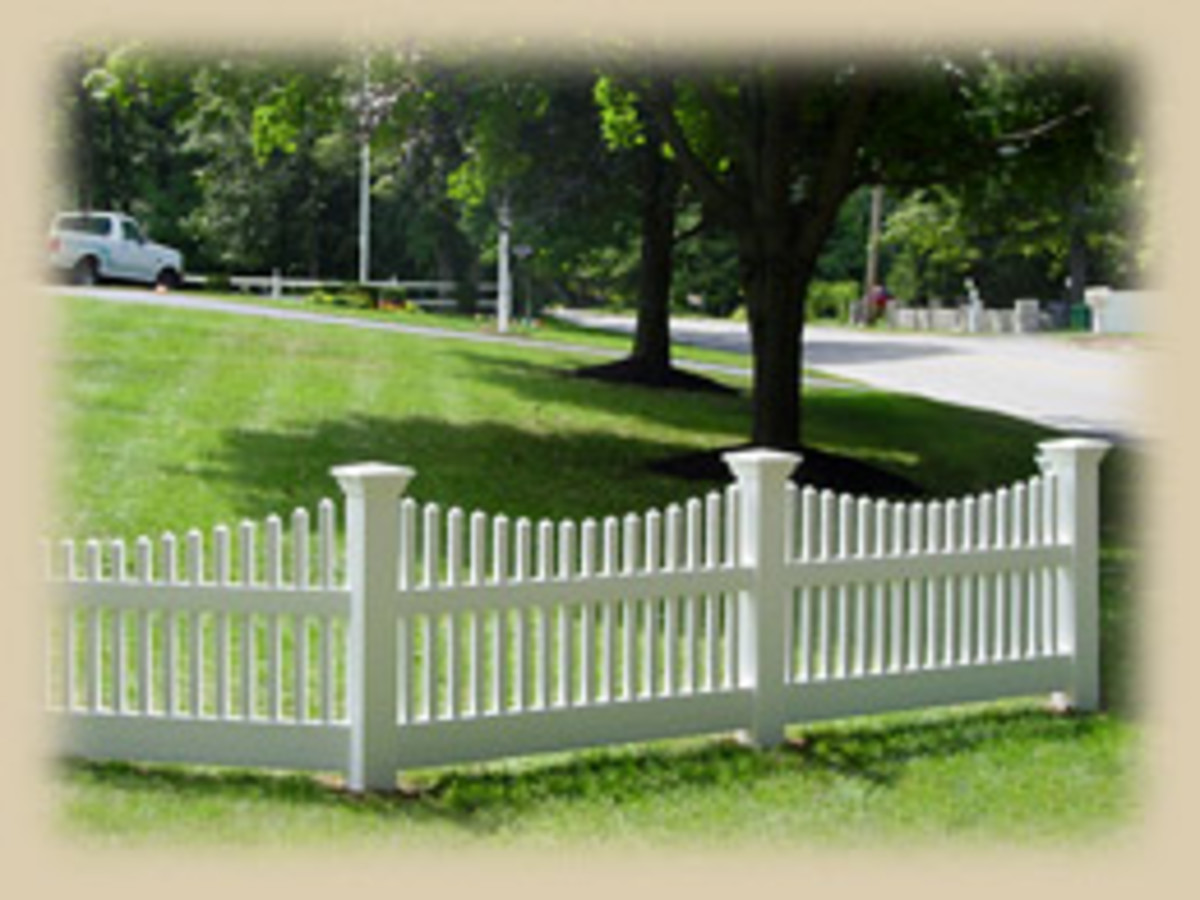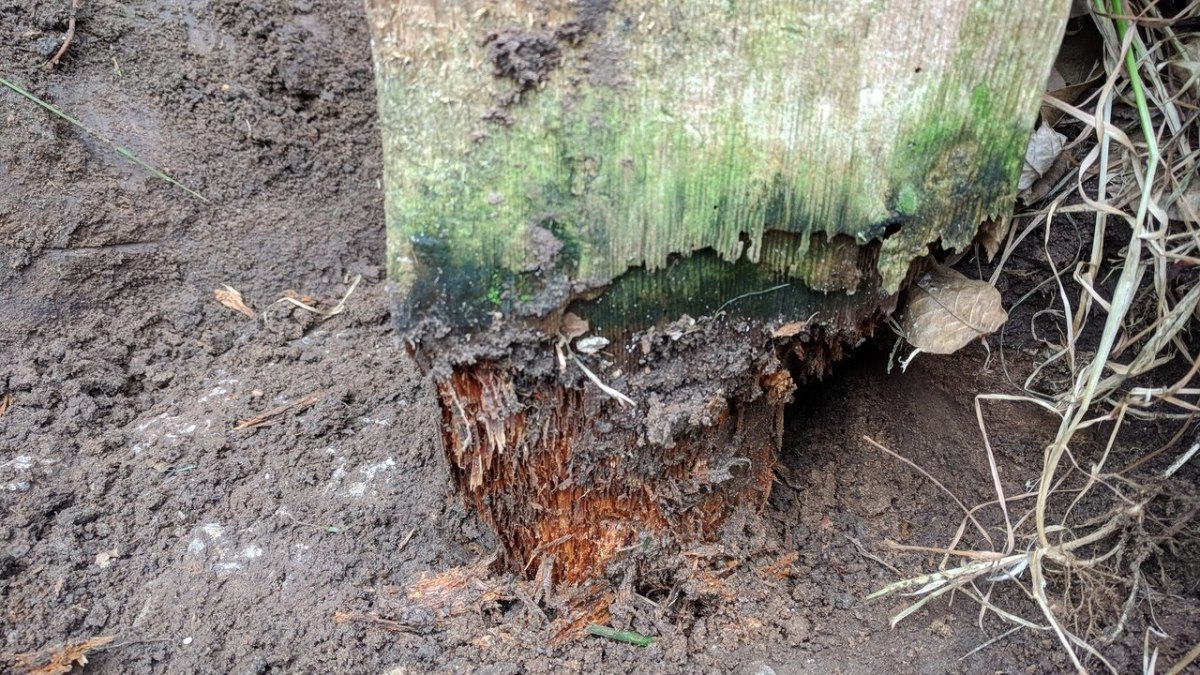Homes from the year 1900 as compared to homes of today



Sears Roebuck & Company at one time offered complete mail order kit homes
Sears Roebuck & Company at the time was considered a mega mail order company with just about anything needed for the homestead including complete mail order homes.
In 1908 Sears Roebuck & Company offered several complete house kits. For just $1700 a family could purchase a complete two story house kit to build a four bedroom clap board sided house complete with all the mill work and finishes.
For just $800 more, Sears would actually build the complete house on a basement ready for occupancy.
That $2500 inflated to 2012 would cost $65,000 which would still not even begin to touch a complete turnkey home today.
The single story bungalow in the picture would probably have only cost $400 for the kit.
This was a period when choice cut premium oak framing material, along with clear long pine and fir woods were used both in the framing and mill work.
This was also at the time when homes began to be built with complete indoor plumbing so the bathroom fixtures were part of the kit, but only one bathroom per household was common.
Some of the lumber used in framing was actually rough sawn white oak, at a premium today used only in building high end furniture and cabinetry.
Obviously the cost of labor has had a great influence on the price difference even inflated forward from 1908.
However, the time it took to build a home in 1908 compared to today would have been probably double to triple the man hours it would take to build the same home today.
These older homes were very labor intensive as the power tools available to the trades today were not available at that time. Even the portable electric circular saw was not invented until the 1920s.
This meant every stick of lumber would be cut either at a saw mill or cut with a hand saw.
Today construction workers use pneumatic nailers, in 1908 every nail would have been hammered in by hand.
The homes in this period also used a plaster and lath system as sheet rock was not invented until 1916. Once the framing was completed a lath crew would arrive and nail small strips of wood across all the interior wall studs.
Then a plaster crew would come in and spread plaster across the wooden laths. It would take several coats of plaster allowing each layer to dry before the walls would be finished for wall paper or paint.
To help keep the plaster from cracking such substances as straw or horse hair would be hand mixed in to the plaster.
In the 1900s the main consideration was for a functional modest home to provide a family a home.
Today it’s all about the more expensive demand for larger square footage, more bathrooms with high end fixtures, grand kitchens with high end finishes, counter tops with built-in appliances, increased heating/ventilation and electrical requirements. All of which are the most expensive part of building a home today.
Interestingly the homes sold in the Sears catalog never mention anything about square footage as the description used in today’s home market.
Other premium finishes and mill work also have influenced home prices. As windows technology have improved from single pane to triple pane energy efficient windows the window size and number of windows have also increased to provide the wide open feeling of the homes of today.
In homes built in 1908 the back of the house may have only had a small kitchen window over the kitchen sink and a window in the back door of the house to look out.
Some of new homes of today feature a wall of floor to ceiling windows, which are also very expensive.
In 1908 energy efficiency was not a concern either. These homes were built with no insulation and single pane windows.
Later on wood frame storm windows would be used in place of the screens for the winter months. These helped to reduce the cold drafts from coming in around the single pane windows.
Both the storm windows and screens were made to hook and hinge at the top of the windows from the outside.
Homeowners would have the seasonal chore of removing the screens and replacing them with the storm windows in the fall to ready for the cold winter, and then doing the reverse to ready for spring and summer.
Considering air conditioning had not been invented this would mean there would always be a challenge during the early spring and fall temperature fluctuations.
These homes created substantial cost to heat when the energy cost began to become a factor for the home budget on into the mid 1900.
Attics could easily be insulated with roll or blown in insulation, but the wall with the plaster and lath were more difficult to insulate.
Some home owners gutted the old plaster and lath down to the bare studs, which also allowed for new updated wiring to be added and then insulated and then using drywall to resurface the walls.
Considering most of the homes built in 1908 were built when one electric powered radio, a table lamp, a fan and single ceiling light may have been the families only electric consumption.
Most houses were wired with only a 30 amp 110 volt service consisting of a fuse box with one or two screw in fuses with limited wiring and electrical plugs.
Two wires would be strung from one end of the attic to the other attached to ceramic insulators nailed to the ceiling joist.
Wires then would be ran down to the few electrical plugs and lights. Some of the wiring would be ran on the outside of the walls to surface mounted plugs and electrical switches, while other wiring would be ran inside the walls.
Ceramic tubes would be used to protect the wires as they went through joist and walls, thus the name for what was called knob and tube wiring.
Today homes are wired with miles of electrical wire going into large circuits boxes hooked to 200 Amp service.
The older homes had to be upgraded from the knob a tube wiring to more safer wiring with 220 volt service.
Many of these older homes would only have one electrical plug in the entire kitchen. The electric refrigerator did not become a household name until almost 10 years later.
For wall insulation others hired contractors to drill holes around the outside perimeter of the house between each stud cavity. Cellulose or expanding foam insulation would be blown into the walls.
Windows were later equipped with newer style storm windows, which consisted of either a another aluminum frame window screwed on the outside of existing windows.
These were marketed as self storing windows, to reduce the hassle and time of switching out the storm and screen windows.
If you were able to afford the premium grade triple track windows your window washing became somewhat easier.
It still took two people to wash the windows, one standing inside and adjusted each window sash and storm window while each washed both sides of the glass.
Two story houses were always a challenge to either change out the storm windows and screens or to wash the outside of the window panes.
Although a heating system could be added to the 1908 home kit for $78, that heating system consisted of a coal burning forced air system. For a bit more a hot water boiler with radiator heat could be added.
Today a heating and cooling system installed will cost around $7,000.

